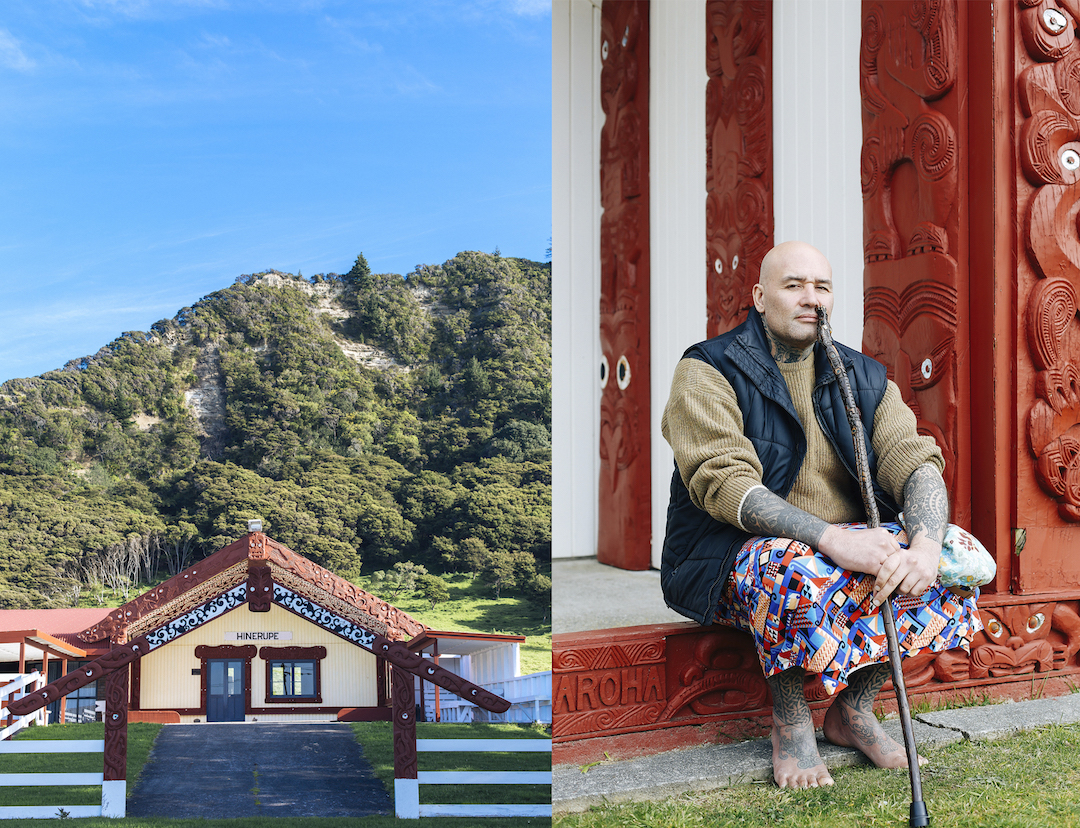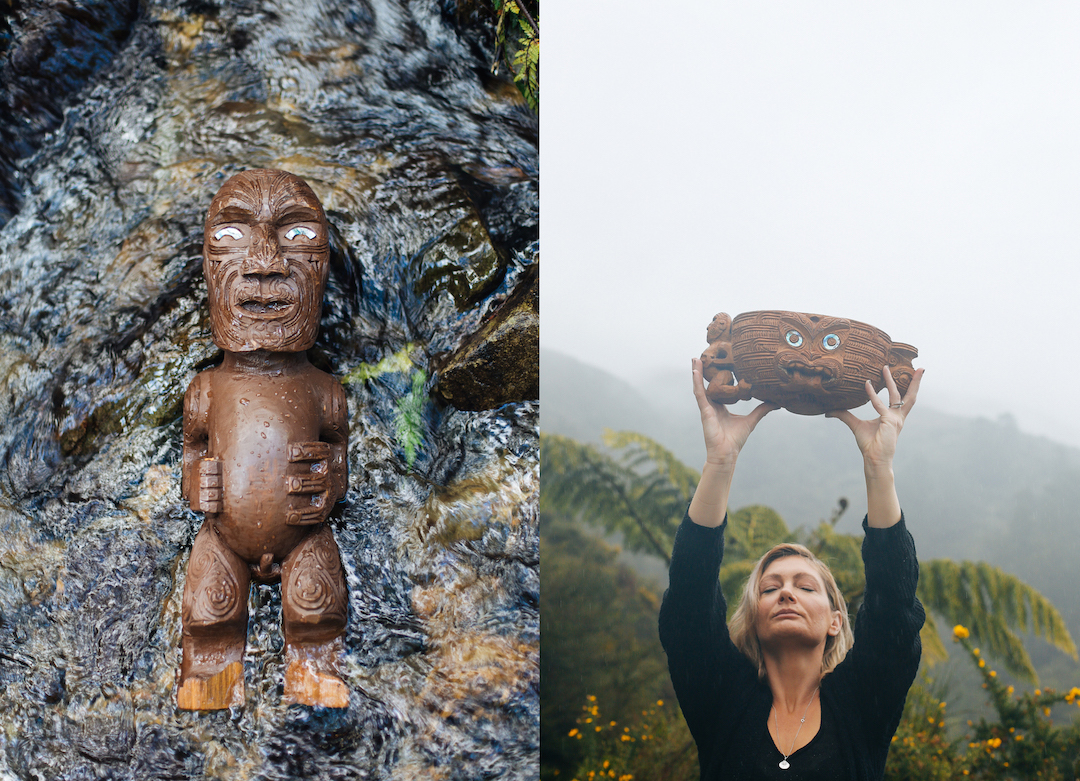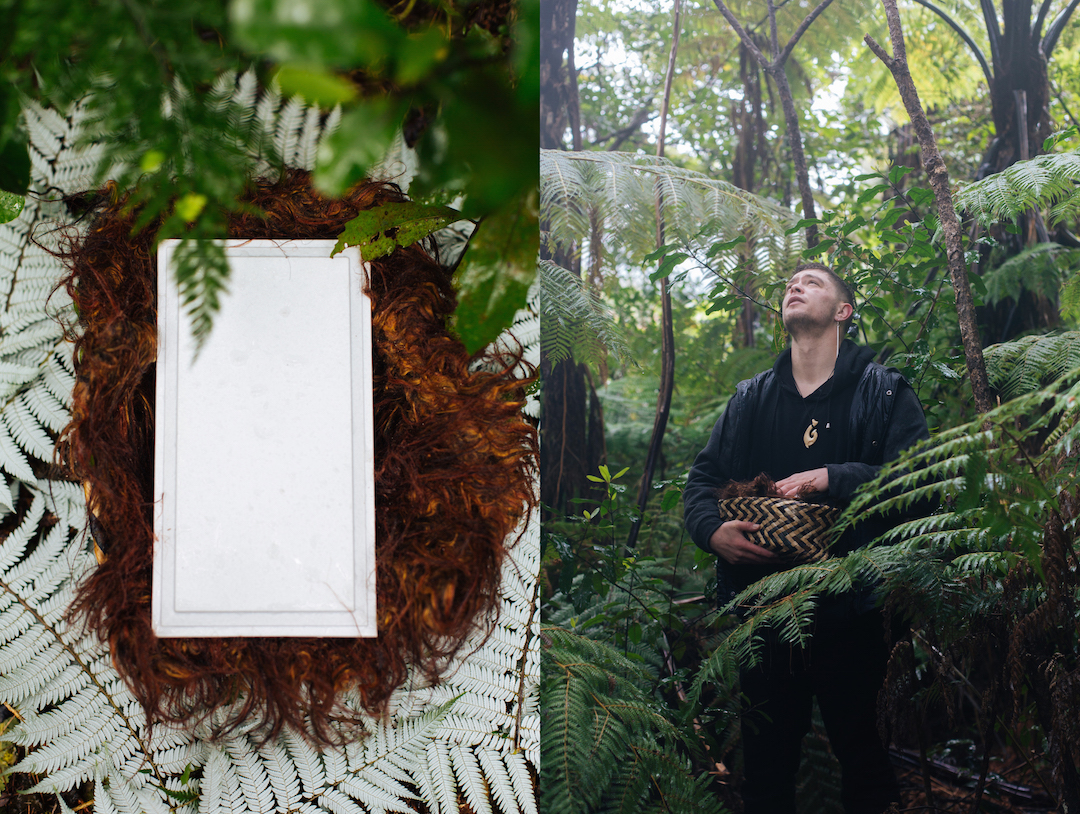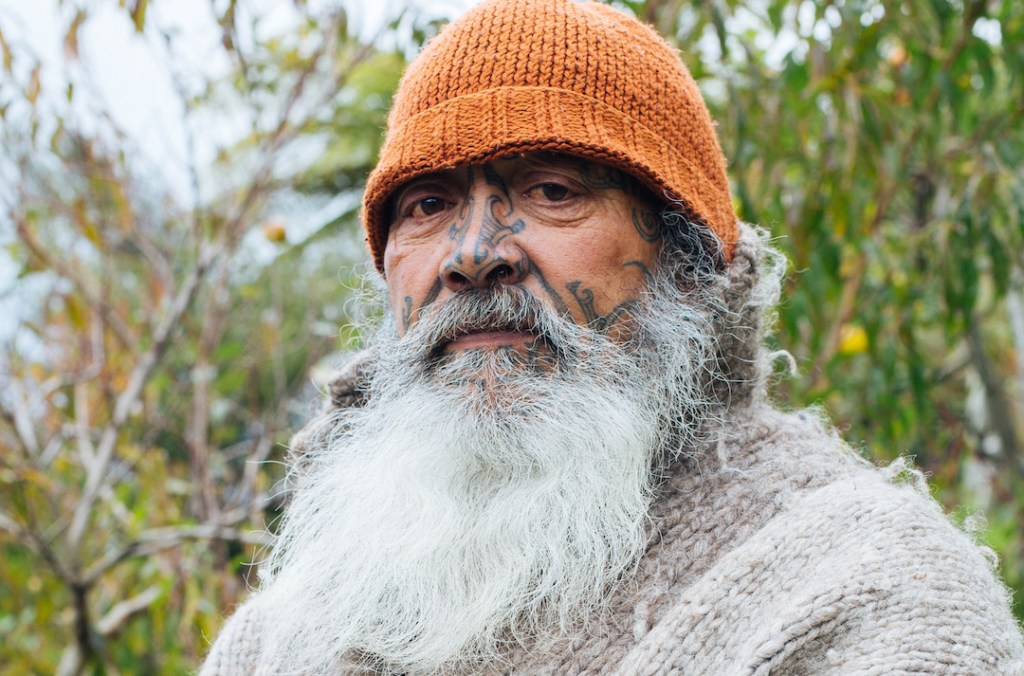There’s a photo on Wellington photographer Chev Hassett’s website of a letter that his father sent from Rimutaka Prison. The handwriting loops around and around, and the words do too, in heartbreaking ways. “Sorry for not being there for you,” he writes. “Sorry for being a shit dad son!” Not long after his release, Chev’s dad was killed in a motorbike accident.
Chev’s personal and powerful photographic project, Ko Tooku taumata tonu, ko Hawaiki, came out of this tragedy. Growing up with a Pākeha mother and Māori (Ngāti Porou) father, Chev says it’s his way of trying to understand his Māori side. “Hawaiki is like the place where they say some Māori come from and where we all go when we die, like our heaven,” says Chev. “So it’s just me trying to find myself, my peaceful place and for me to engage more with my culture in a more formal way.”
Videos by VICE
I caught up with Chev to find out how.

VICE: Kia Ora Chev. Take me through some of the images. The project was a book wasn’t it?
Chev Hassett: Yes. My book had three layers. There’s Te Kore, the realm of nothing, Te Pō is the darkness or the void, and from there comes Te Ao, which means the world of light. That’s how the world was made for Māori and that’s how my art is made too.
The book starts with, in Māori, it says, “from darkness, light is born” and then there’s a poem about my iwi specifically and it just talks about how I came into this world and how the world came to be. My grandad wrote something similar and it’s in a book for our marae so that’s what inspired me to write my own one.

What’s the story behind the waka?
It’s meant to be the waka of Māui, so in the beginning when he fished up New Zealand with his brothers, that’s the waka he was on. In the photo, the waka faces the mountain, which is where he landed, and our tribe did too. That mountain is called Hikurangi and it’s the first mountain in the world that hits the sun. The image shows the waka, my mountain and my river—so they’re all key elements of my iwi in one picture.

Who are the people in the photos?
Everyone’s family. It is ordered like a pepeha—how you introduce yourself in Māori. At the start, the man is my Grandad, the next one is my Nan, and then there’s my marae and it goes on.

Tell me the story behind the necklace you’re wearing.
It’s a mangopare, hammerhead shark, and it’s made out of whalebone. The men in my tribe, back in the day, would get this pattern and it means don’t give up. When you try to kill a hammerhead shark it doesn’t die easily and when it does die it’s body keeps moving.

What about some of the other carvings in the images?
There’s a tekoteko, which is like a guardian that my Dad made me, he was a carver. My mum holds a waka huia that he made that for her when they were young. Then there’s a waka aroha and that’s like an urn, so that’s my Dad, technically.
Is that what you’re holding with the forest image of you?
Yeah, that’s me and my dad in the forest. Every image is in a certain place for a reason that connects back to the ideas.

There’s definitely a spiritual element to the photos.
In Māori art, everything is done for a reason and it’s done a certain way so it has an extra layer, a spiritual layer. You can see that when you see carvings you have a feeling of like another element. So I try to follow the same protocols to create my photography. And it’s a layer that can’t really exist in any other culture; it can only exist in my culture. I follow all these rules before I take the picture.

What kind of rules?
I can’t take photos in other people’s maraes, because I’m not from there. Most of the marae I took photos on you have to be welcomed and invited in. And once I’m in there I have to make sure it’s all good with the people that live there and learn all the history about the marae.
If I didn’t do that I think it would be too thin. I have to learn about all the cultural objects prior or it won’t come out the same. That means for every photo I had to learn a lot about before I took the photo.
See more work by Chev Hassett here.
Follow Laura on Twitter.




